In automated feeding, precision is a critical factor that directly impacts overall performance. At its core, precision tests the consistency of components while reflecting the machining and control capabilities of automation equipment. Precision in automated pick-and-place operations isn’t a static metric; it’s a dynamic benchmark calibrated to the spatial requirements of the operating environment.
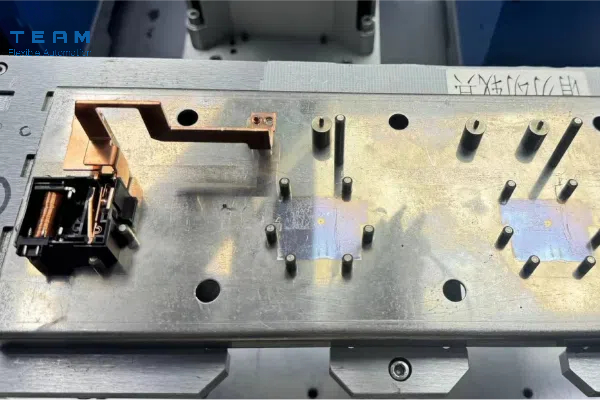
Take, for instance, a metal spring clip we tested for pick-and-place accuracy on its carrier. At first glance, positioning the component in the designated slot may seem straightforward. However, challenges abound.
The Challenges of High-Precision Placement
1. Tight Tolerances: The spring clip needed to fit snugly into nine positioning pegs with spacing less than 1 mm while avoiding any scratches to its metal surface.
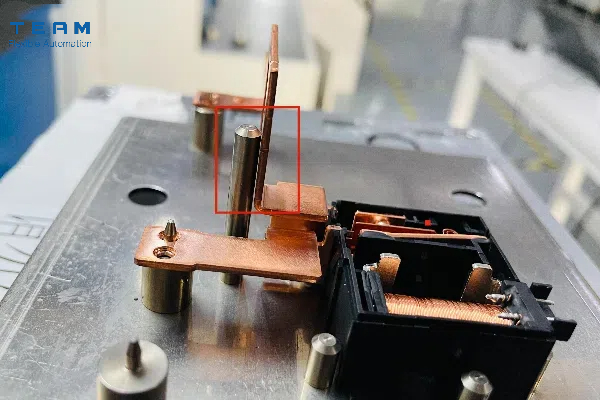
2. Optimal Gripping: The grip point couldn’t be too offset, as this would destabilize the material’s balance and compromise placement reliability.
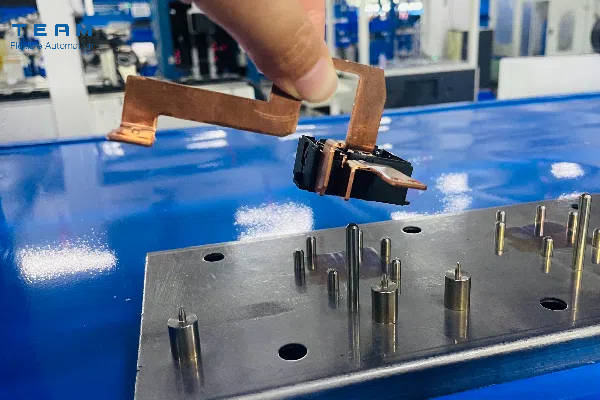
3. Speed and Stability: Operating at standard speed reduced stability and accuracy. Ultimately, we achieved consistent placement by gripping the upper section of the metal, reducing the speed by 50%, and ensuring a precise fit with the pegs.
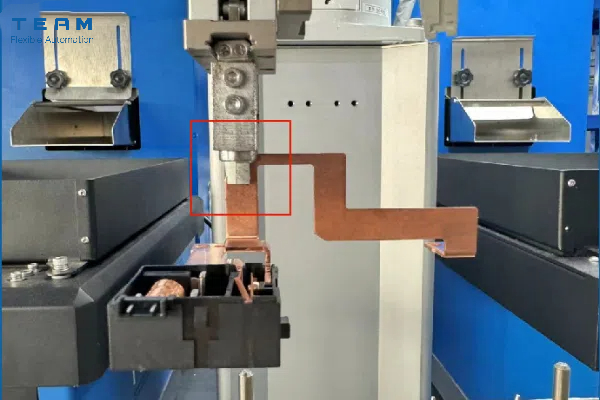
Now consider a different type of spring clip, one that is lightweight and elastic. Unlike the previous component’s "top-heavy" nature, this material's flexibility posed unique challenges. The gripping action caused the material to wobble, necessitating adjustments to:
* Grip Area: Increasing the contact area to stabilize the material.
* Grip Force: Calibrating force to avoid distortion.
* Center of Gravity: Rebalancing the material to minimize inertia during high-speed movements.
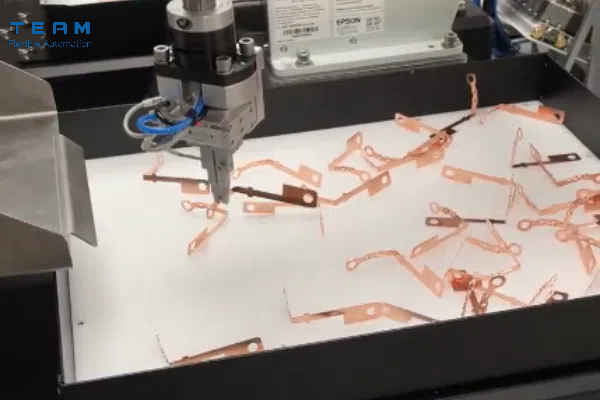
Such precision challenges are not unique. Components like semiconductor products, electronic chips, and 5G RF devices often demand even greater accuracy. In these scenarios, machine-based feeding solutions are often the better choice.
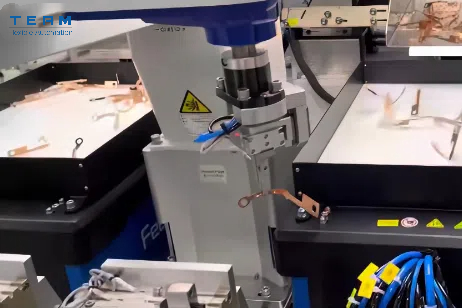
How to Enhance Feeding Precision
To meet the high precision requirements of automated feeding, consider these key factors:
1. Accurate Calibration
High-definition cameras and precise calibration are essential. Misaligned or imprecise calibration can drastically reduce the coordinate accuracy of the vision system.
2. Optimized Gripper Design
For heavier materials, a well-sized gripper minimizes displacement caused by vibrations. Additionally, the grip force must be carefully balanced: excessive force risks damaging the component, while insufficient force can lead to slippage and placement errors.
3. Precise Teaching of Placement Points
Before placement, ensure accurate programming of teaching points to guide the robot. This guarantees the material is placed precisely into the carrier, preventing downstream disruptions.
Precision in Automation is Non-Negotiable
The importance of precision in automated feeding cannot be overstated. The more intricate the components, the higher the precision requirements. Industries like semiconductors, electronics, and telecommunications, which handle high-value or delicate components, must prioritize precision to ensure stable and reliable production.
Conclusion
For enterprises pursuing automated production, especially in specialized industries, it’s crucial to choose the right feeding equipment and maintain robust upkeep of the machinery. Only by prioritizing precision can businesses achieve consistent and high-quality production outcomes.
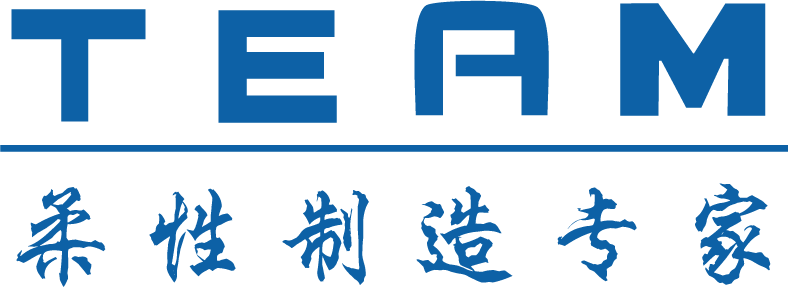

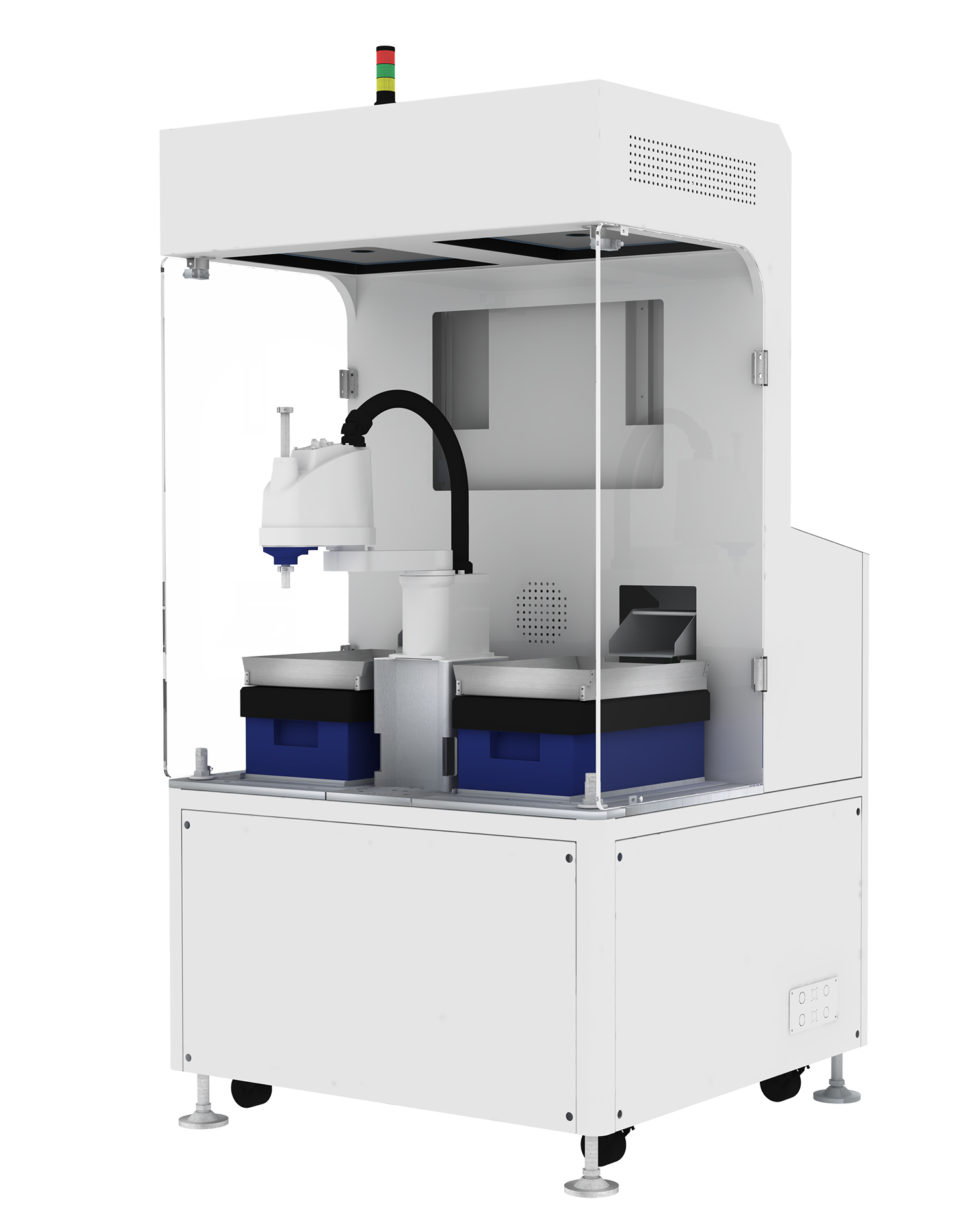
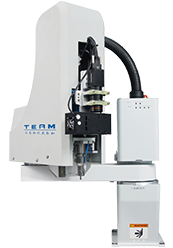
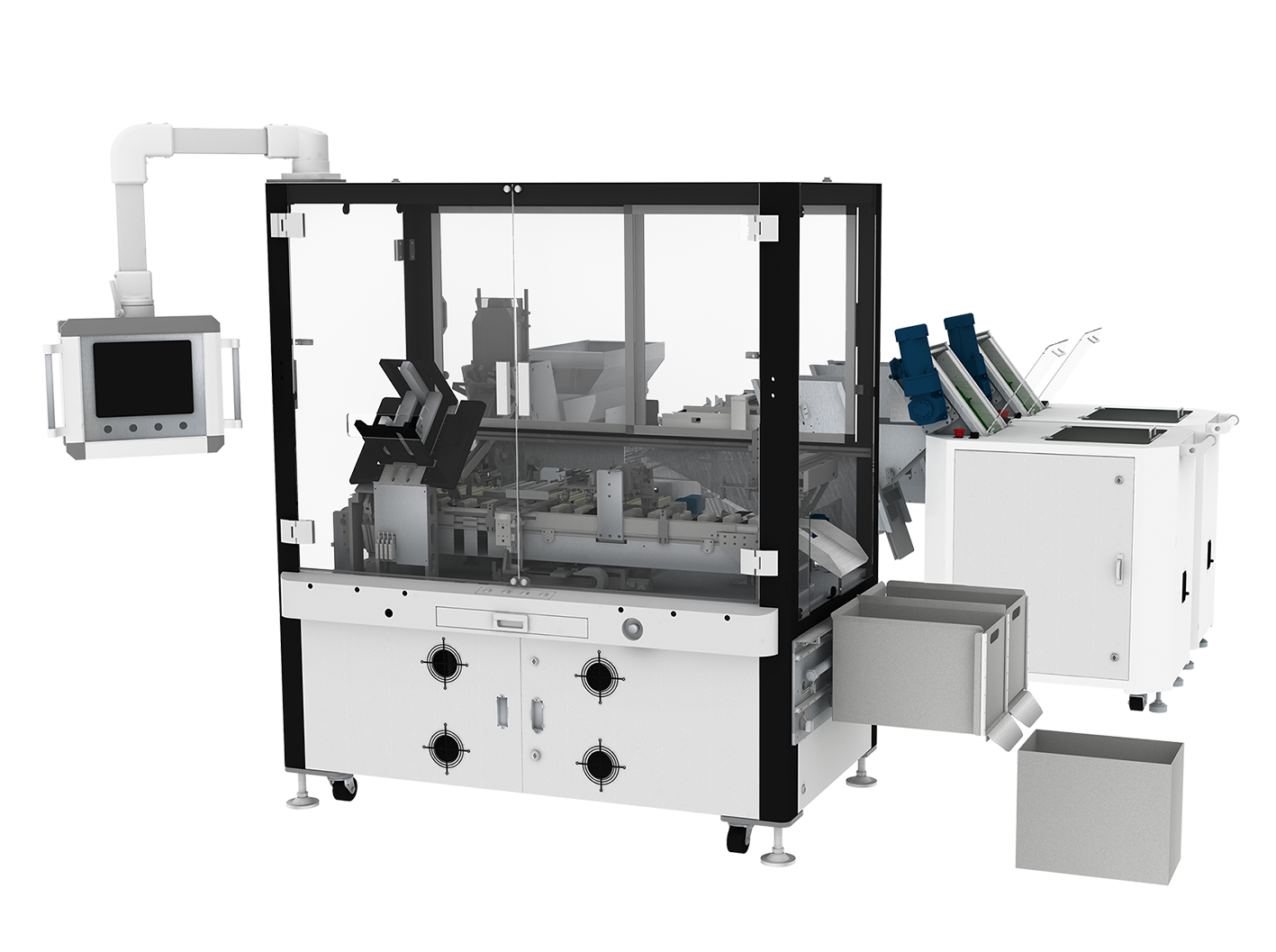







 Home
Home Products
Products Telephone
Telephone Message
Message



